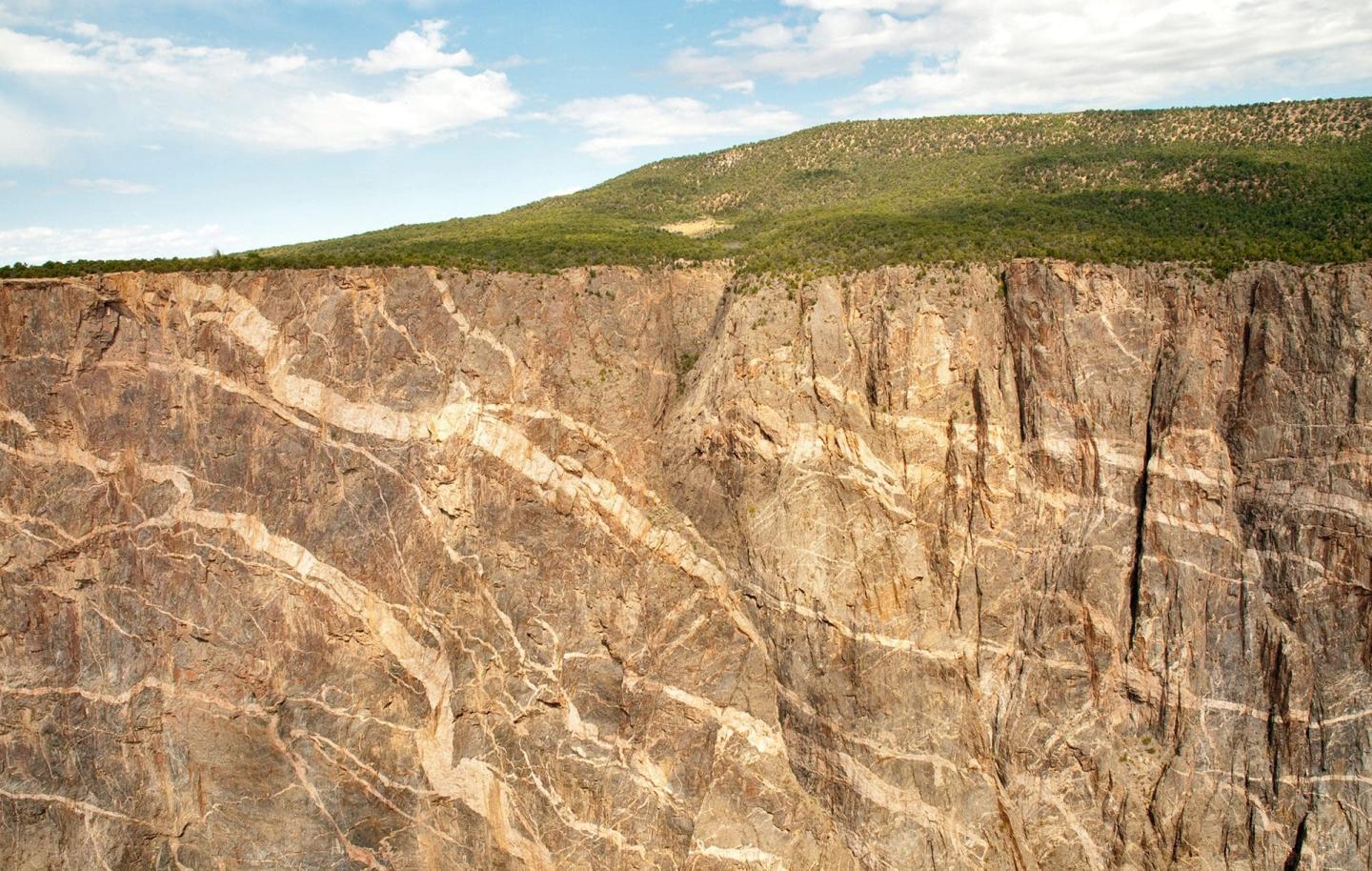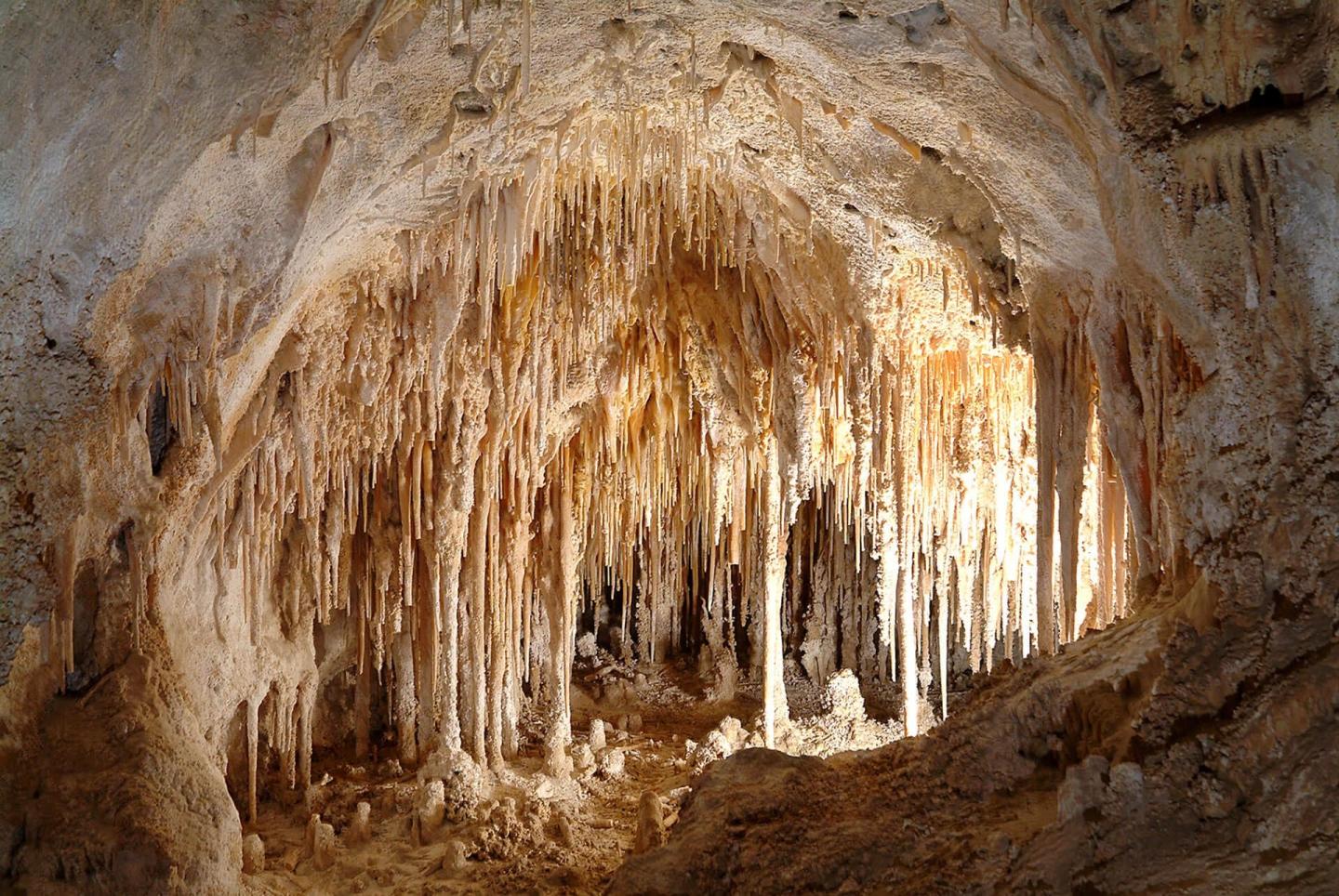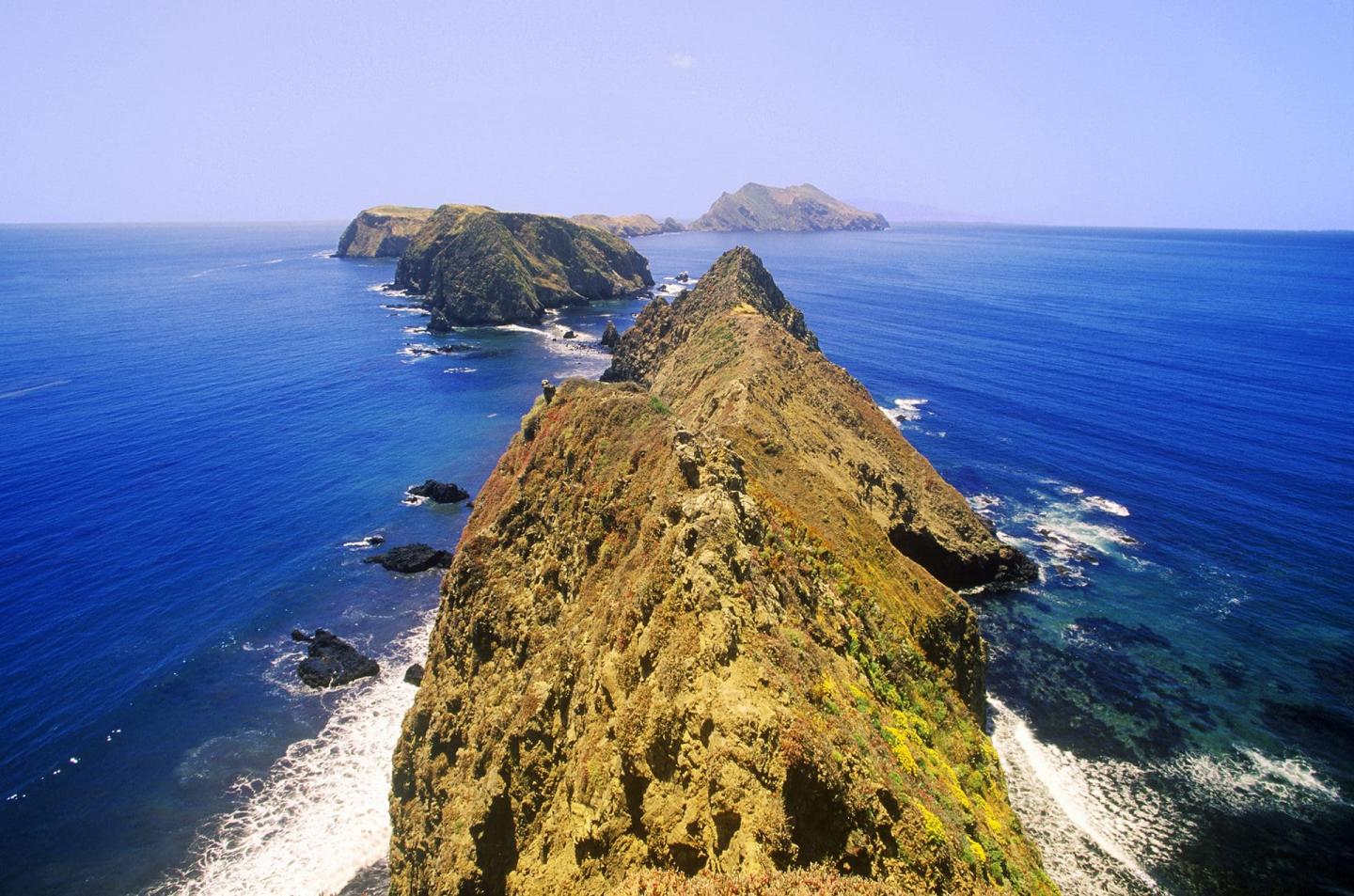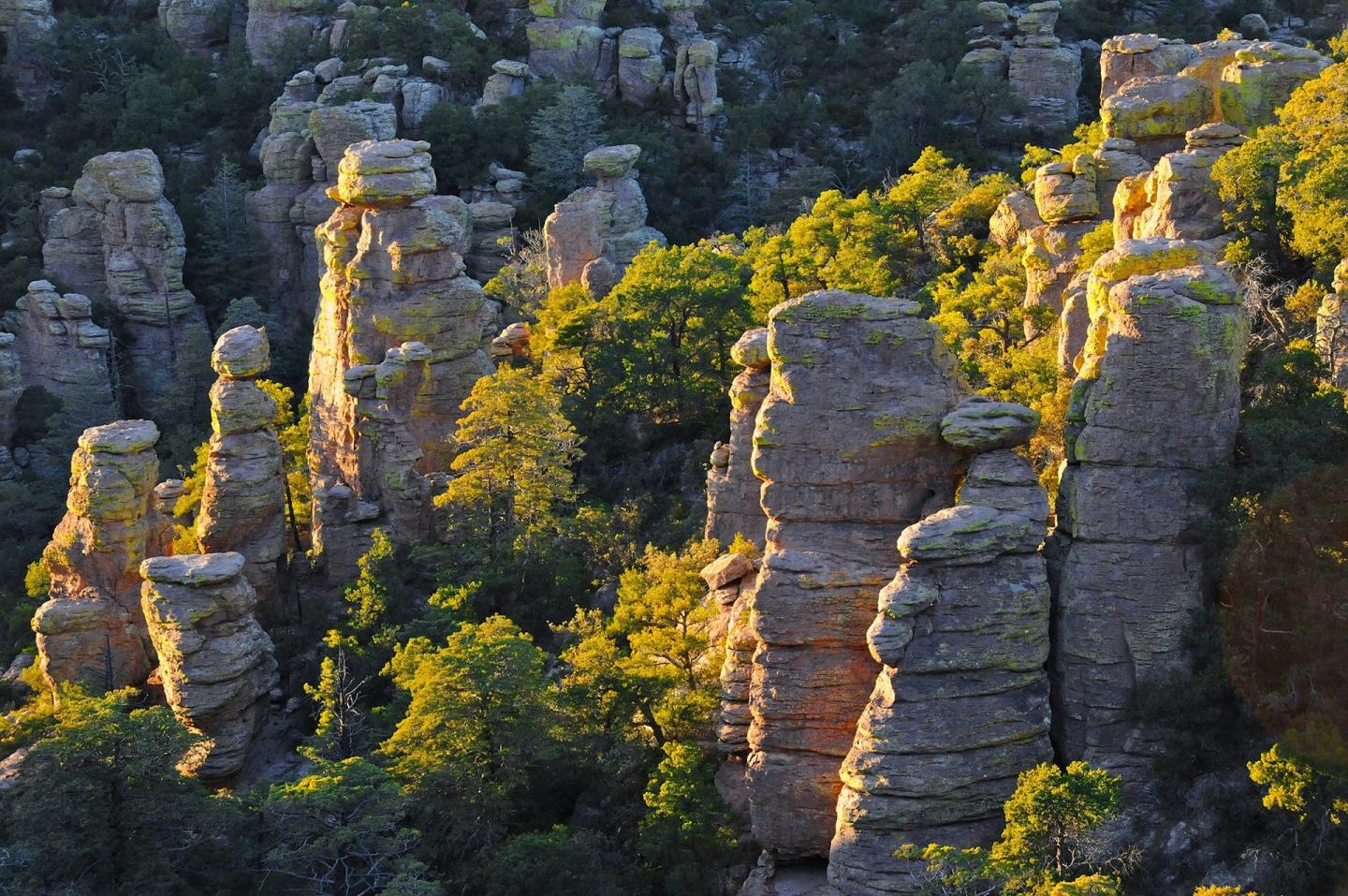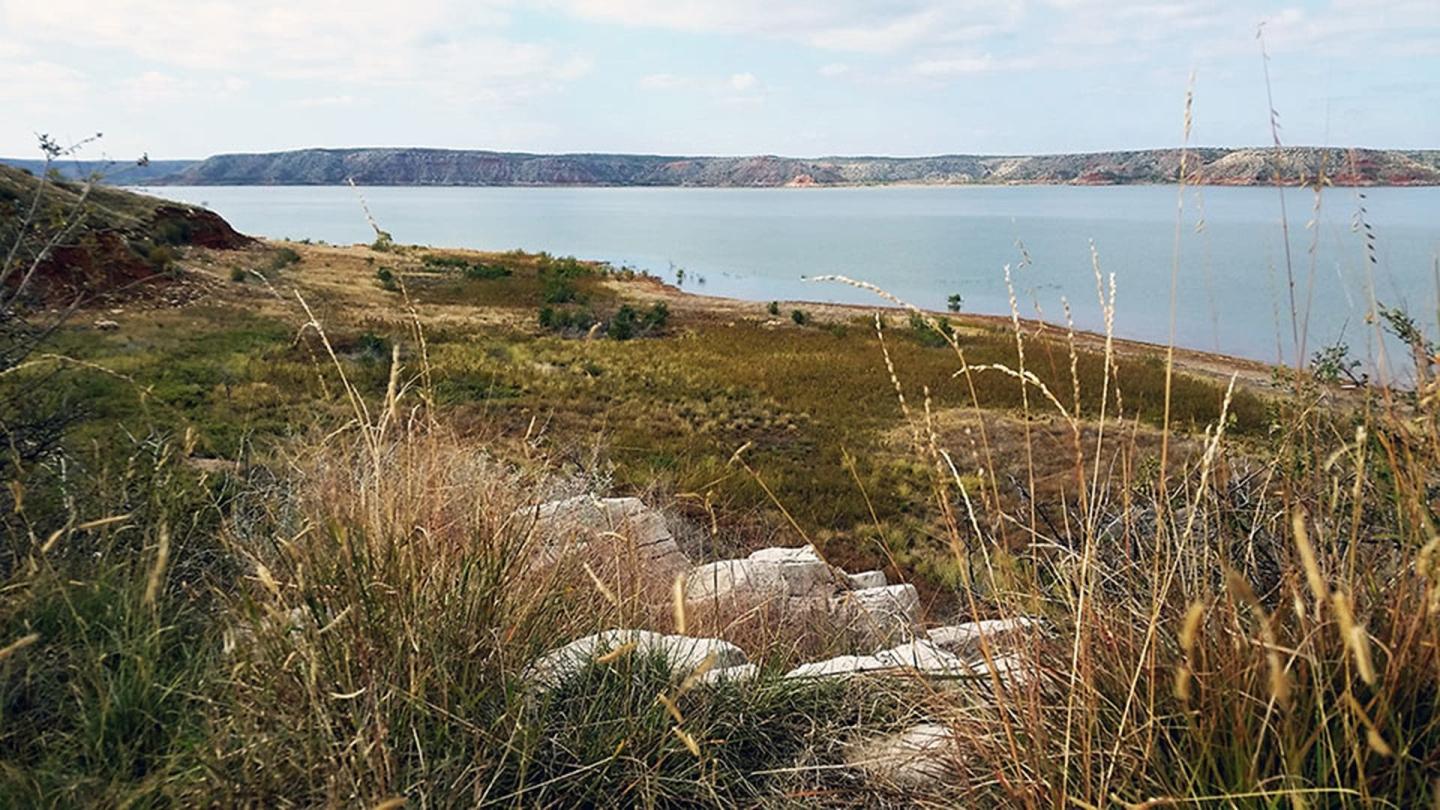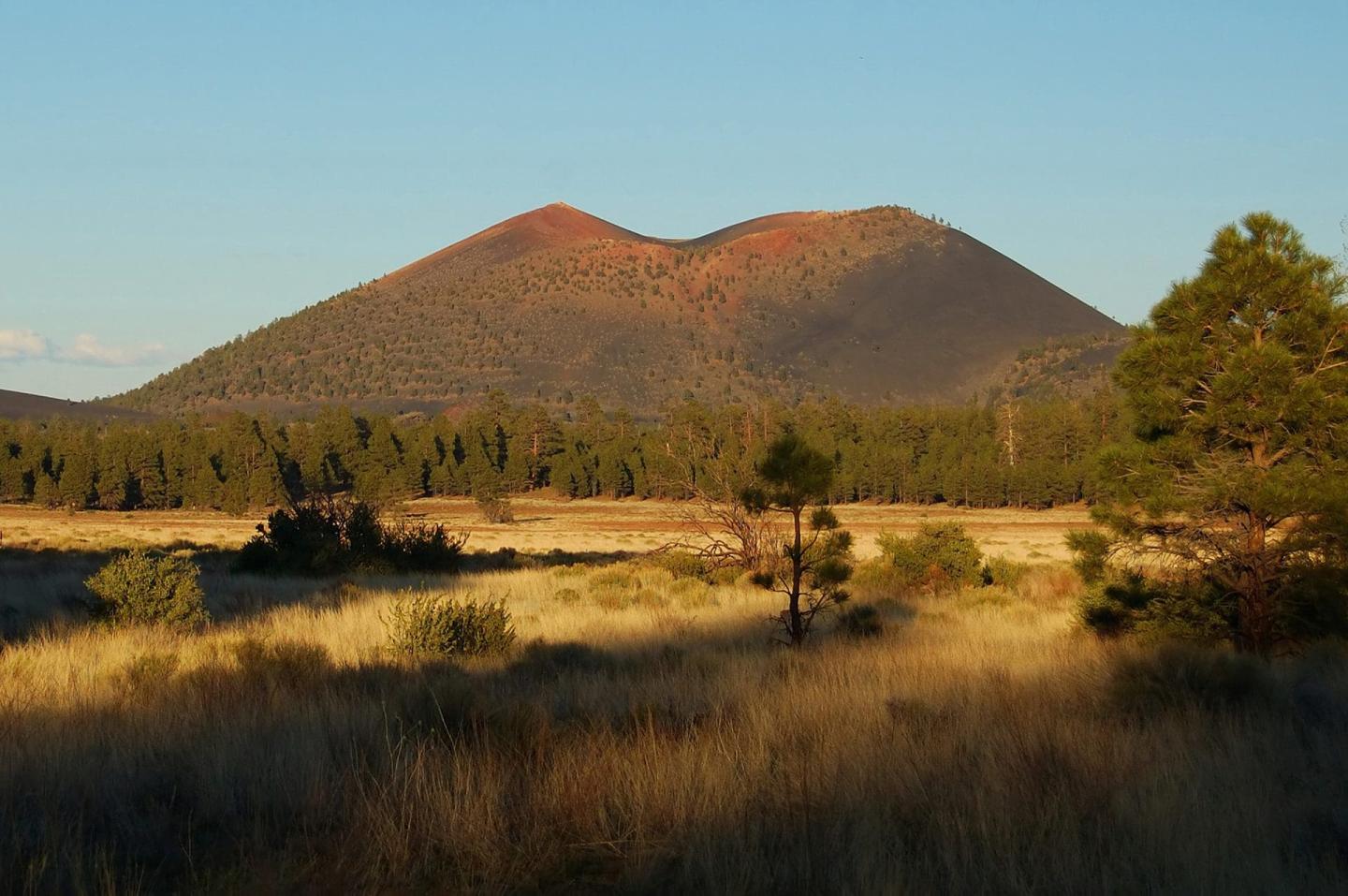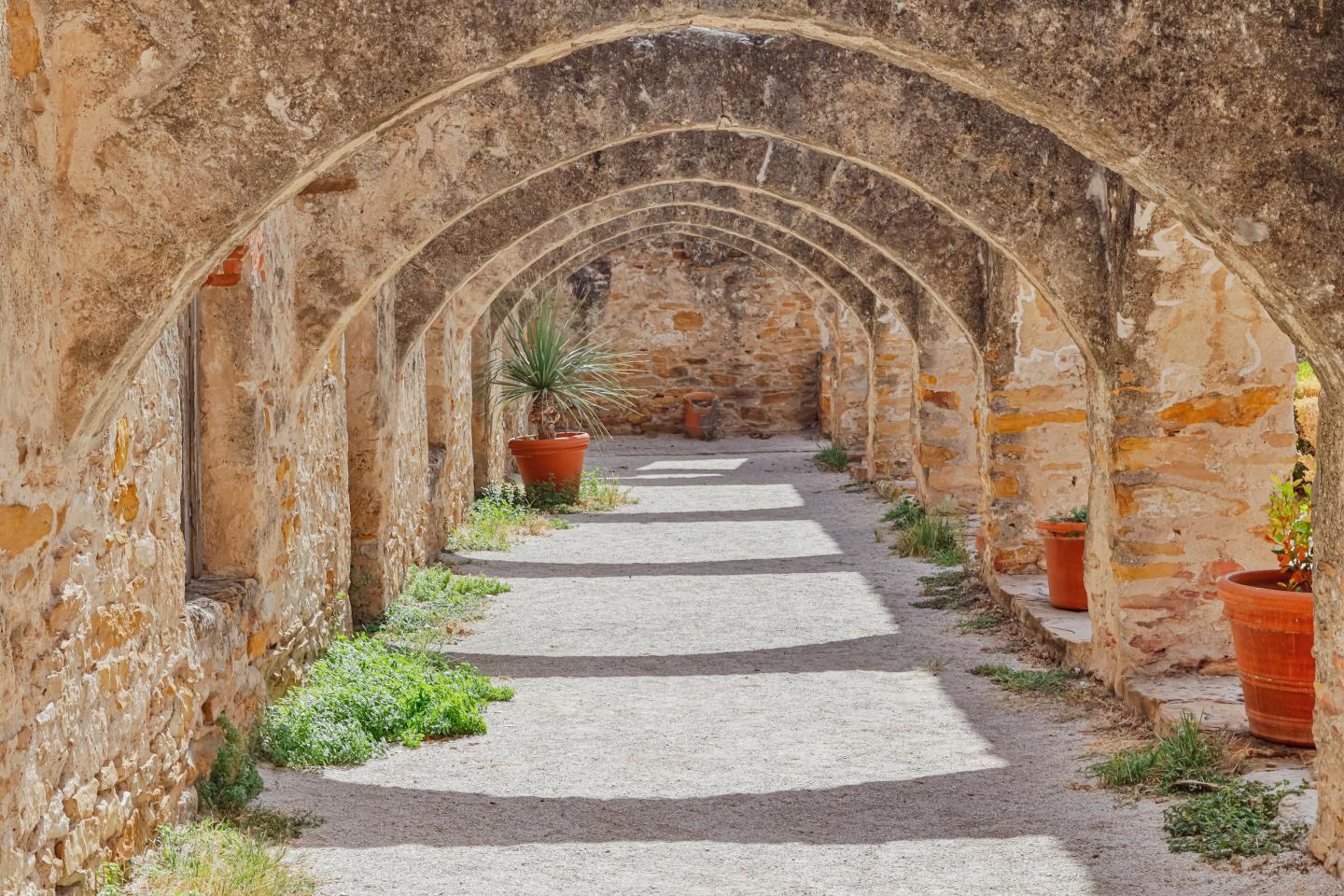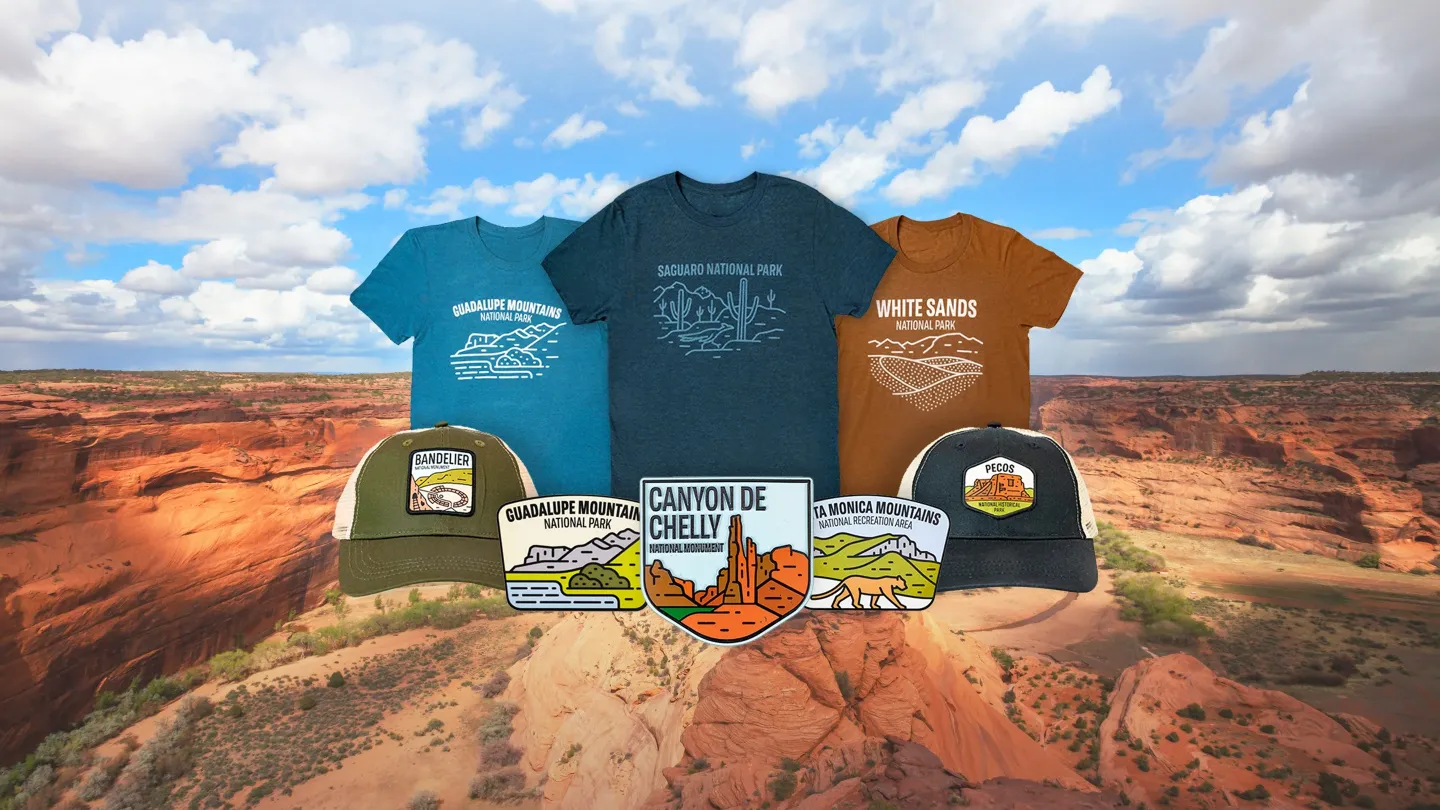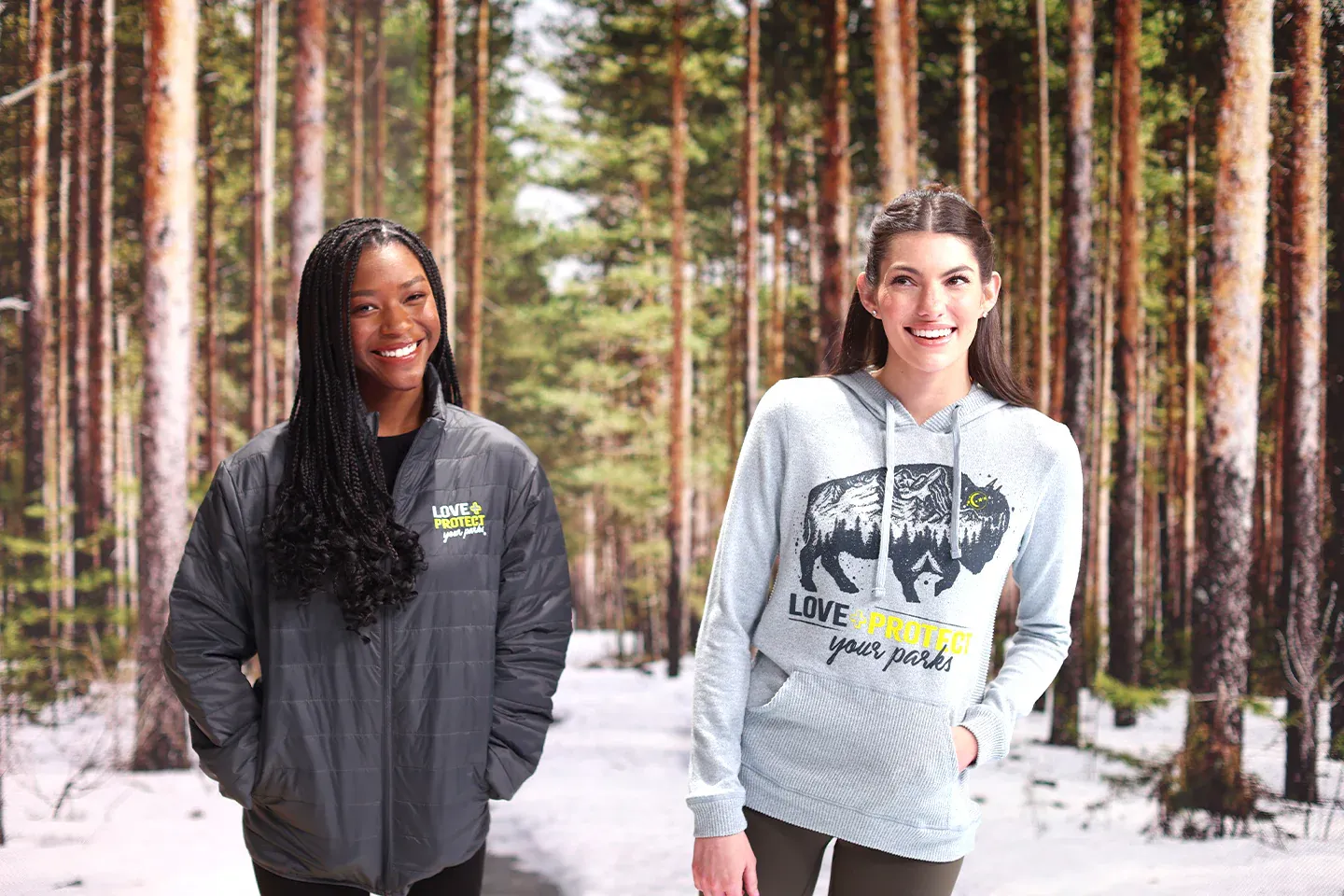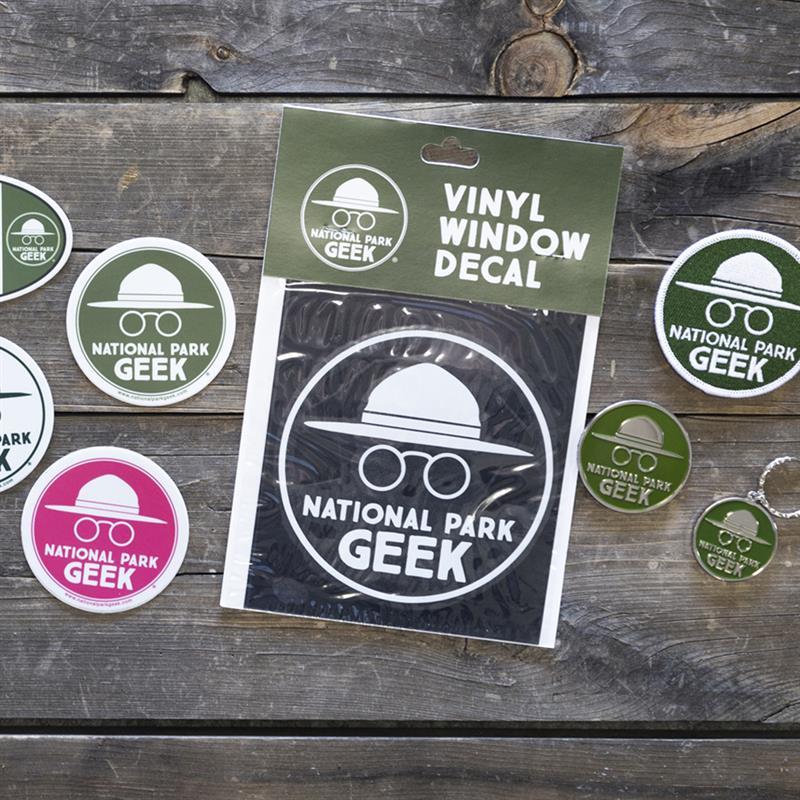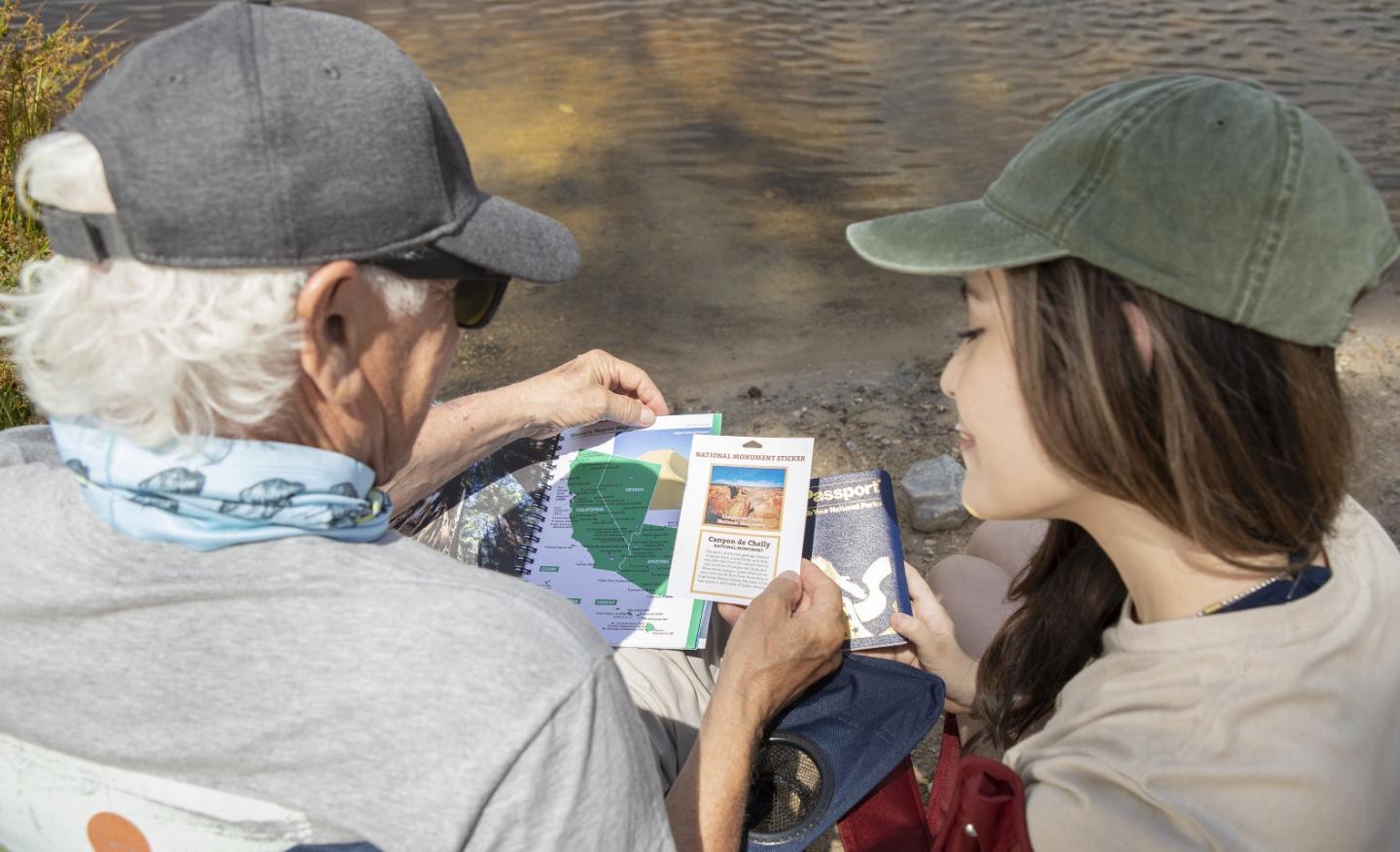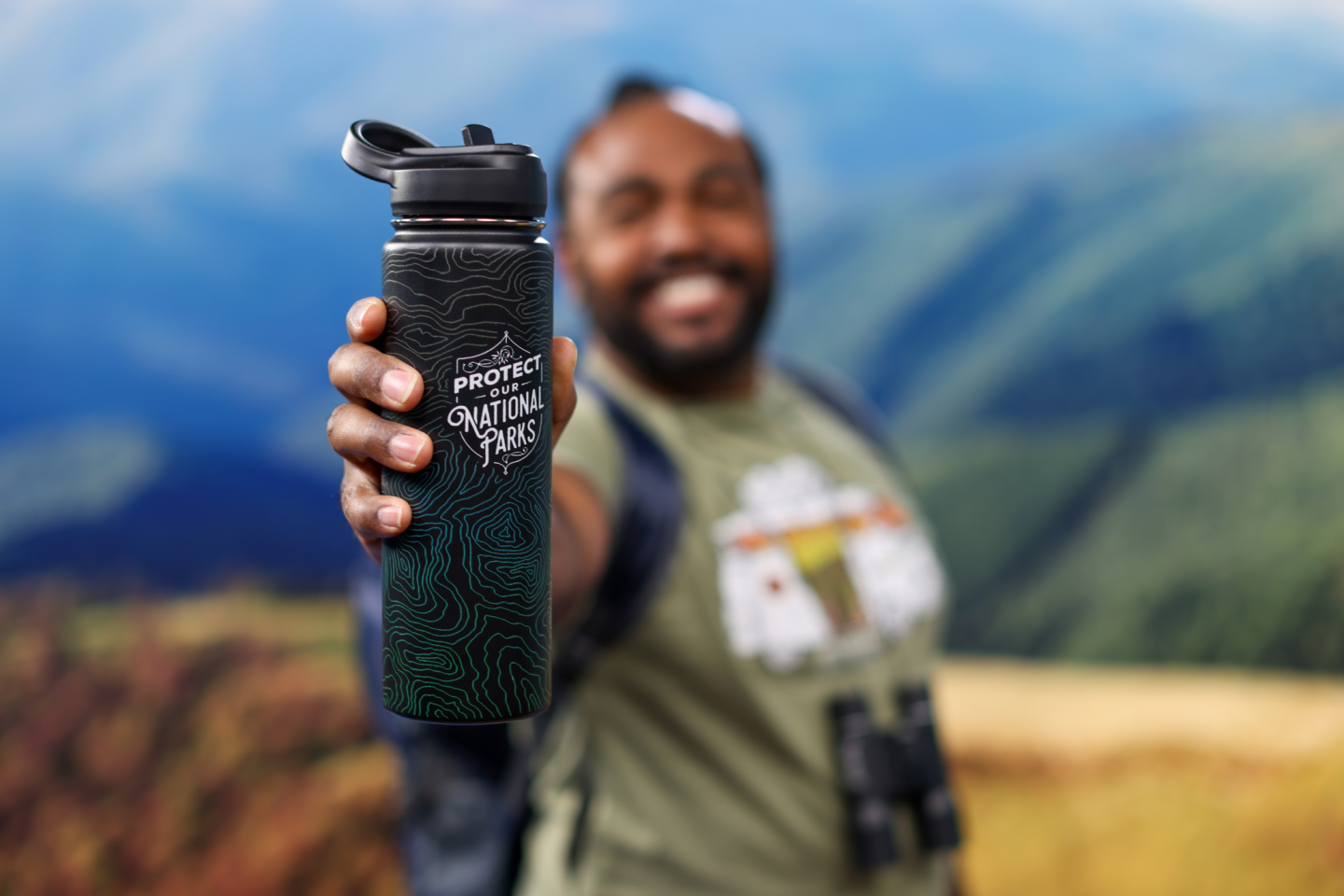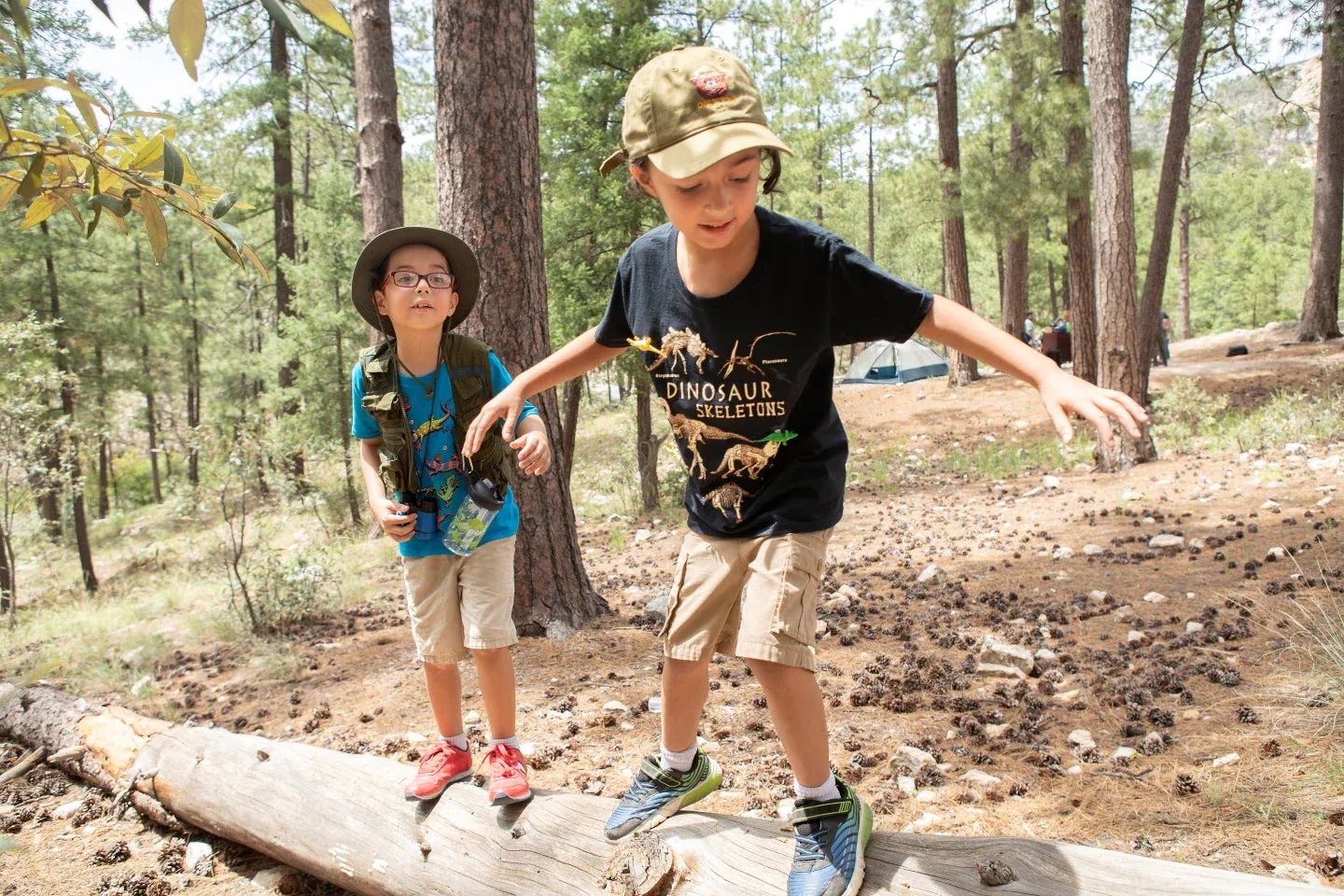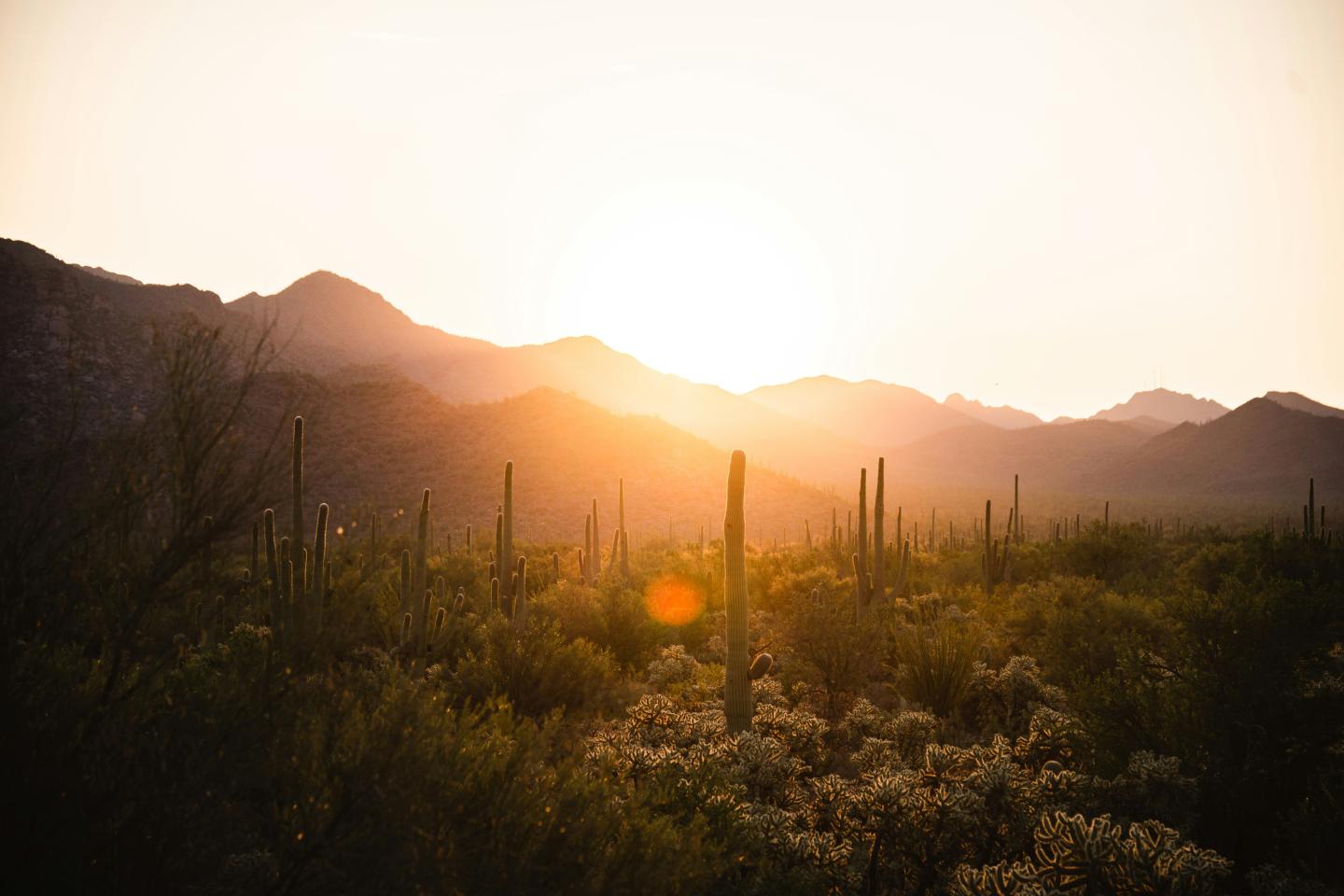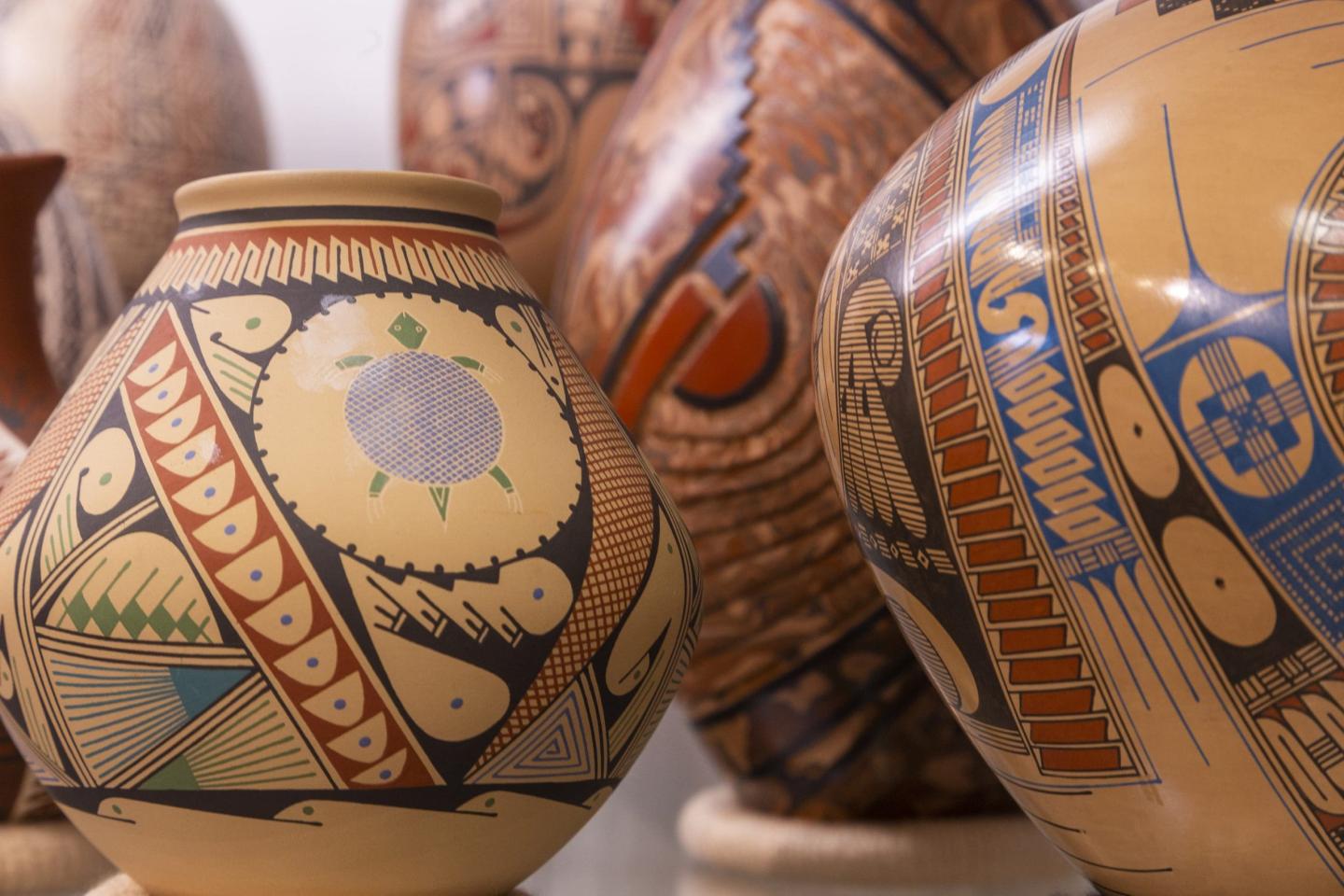
Fossils and geology
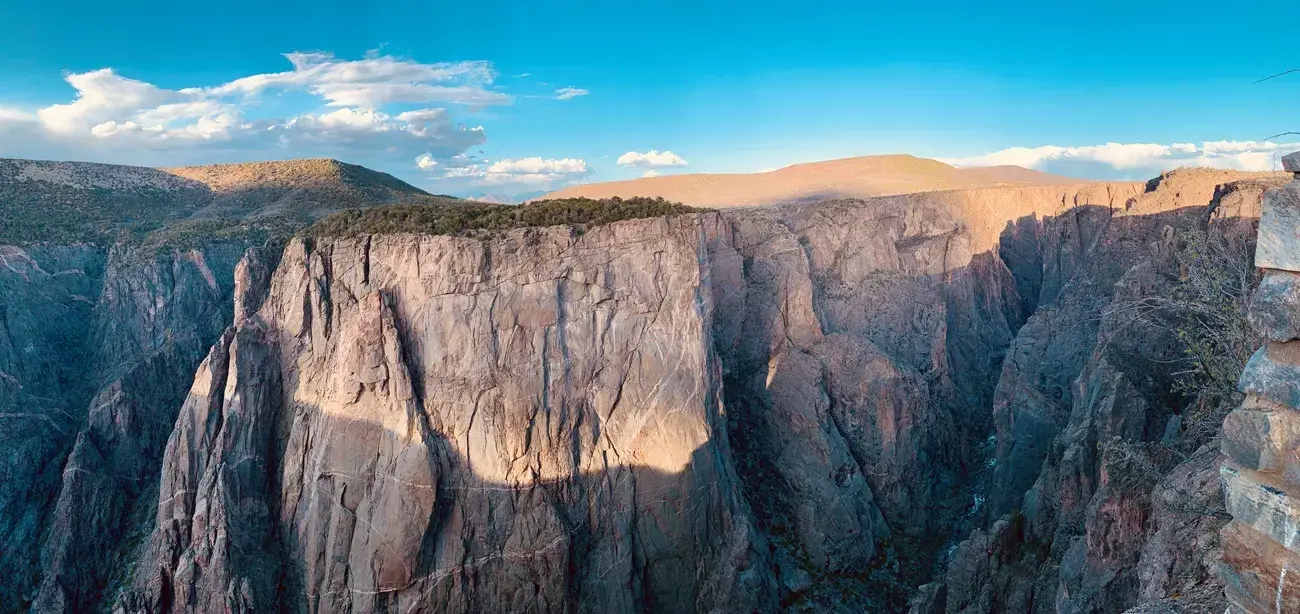
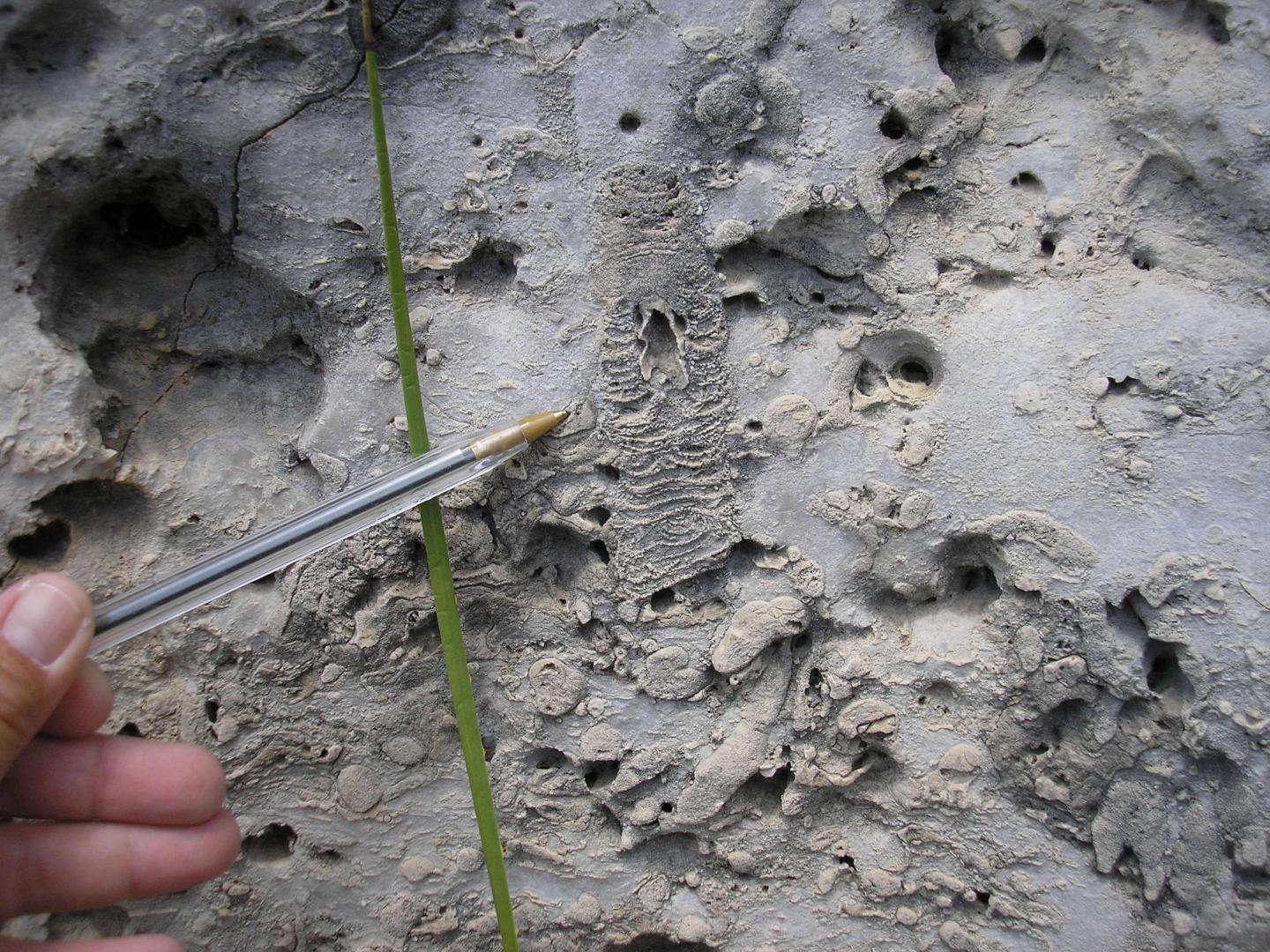
Step back through time in a national park.
From fossilized organisms that once swam in ancient seas, to pygmy mammoth skeletons, to ancient volcanic landscapes, to footprints made by some of our earliest ancestors, national parks offer opportunities to see and learn about times long gone.

Tales older than time
The Western United States is known worldwide for its fascinating geology and paleontology. From canyons and lava tube caves, to ancient sea life and fossilized remains of Ice Age animals, there are many ways a park visitor can learn about and see evidence of rocks formed, and organisms that lived, millions of years ago.
A few things to consider
Whether you're hiking down through a canyon, searching for fossils in nearby rocks, or wanting to learn more about the distant past, here are some tips to make the most of it.

Leave it where you found it
If you find a fossil, leave where it is. Take a picture and let a ranger know so scientists can study it in situ.

Connect with a ranger
Want to learn how to identify fossils or understand how the unique rock formations in your park of choice were created? Check with the visitor center to see if there are ranger programs available during your visit.
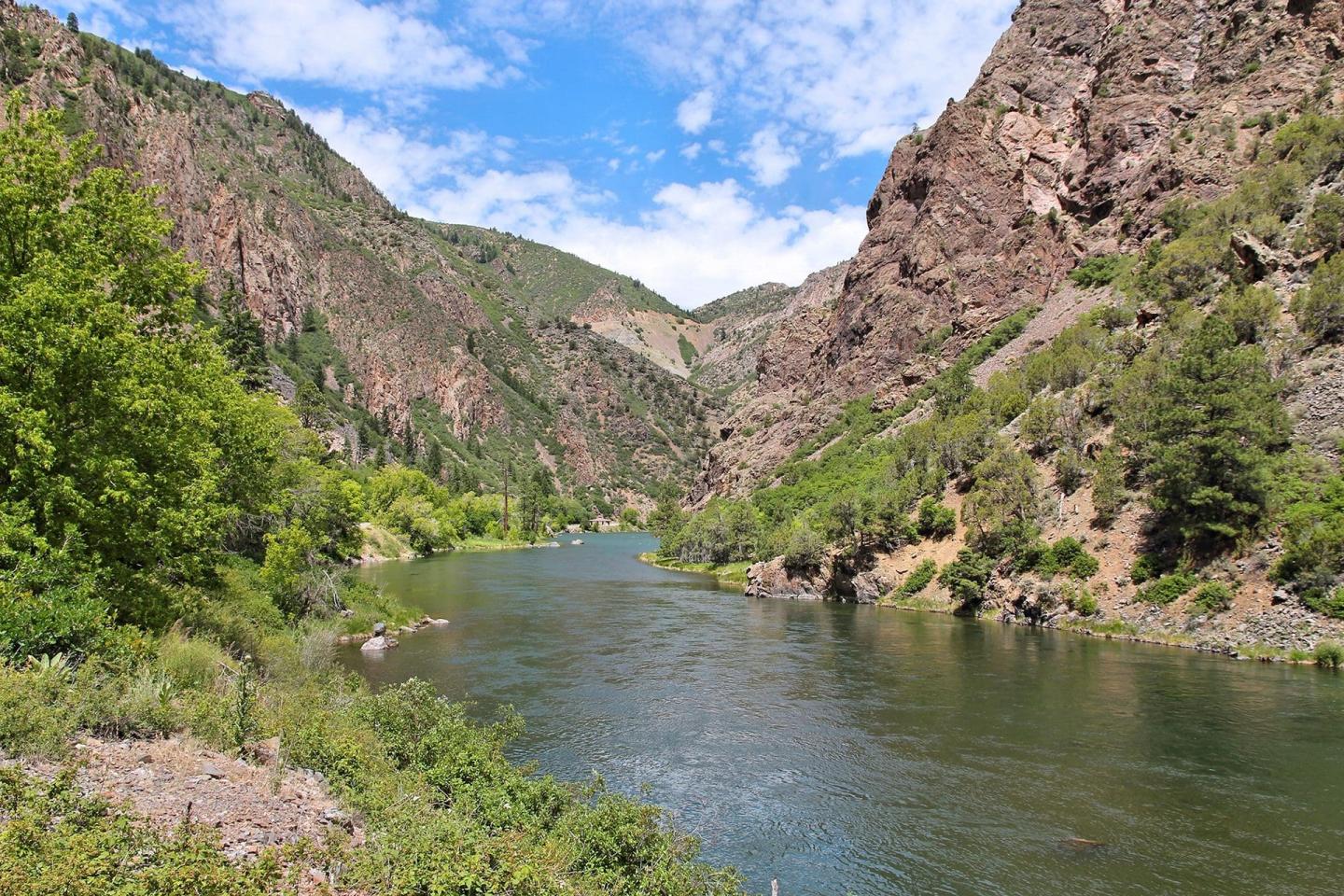
Hike smart
Ancient lava fields are often rugged to hike across, and canyon trails may be steep. Wear proper footwear and take plenty of water and snacks as you venture out.
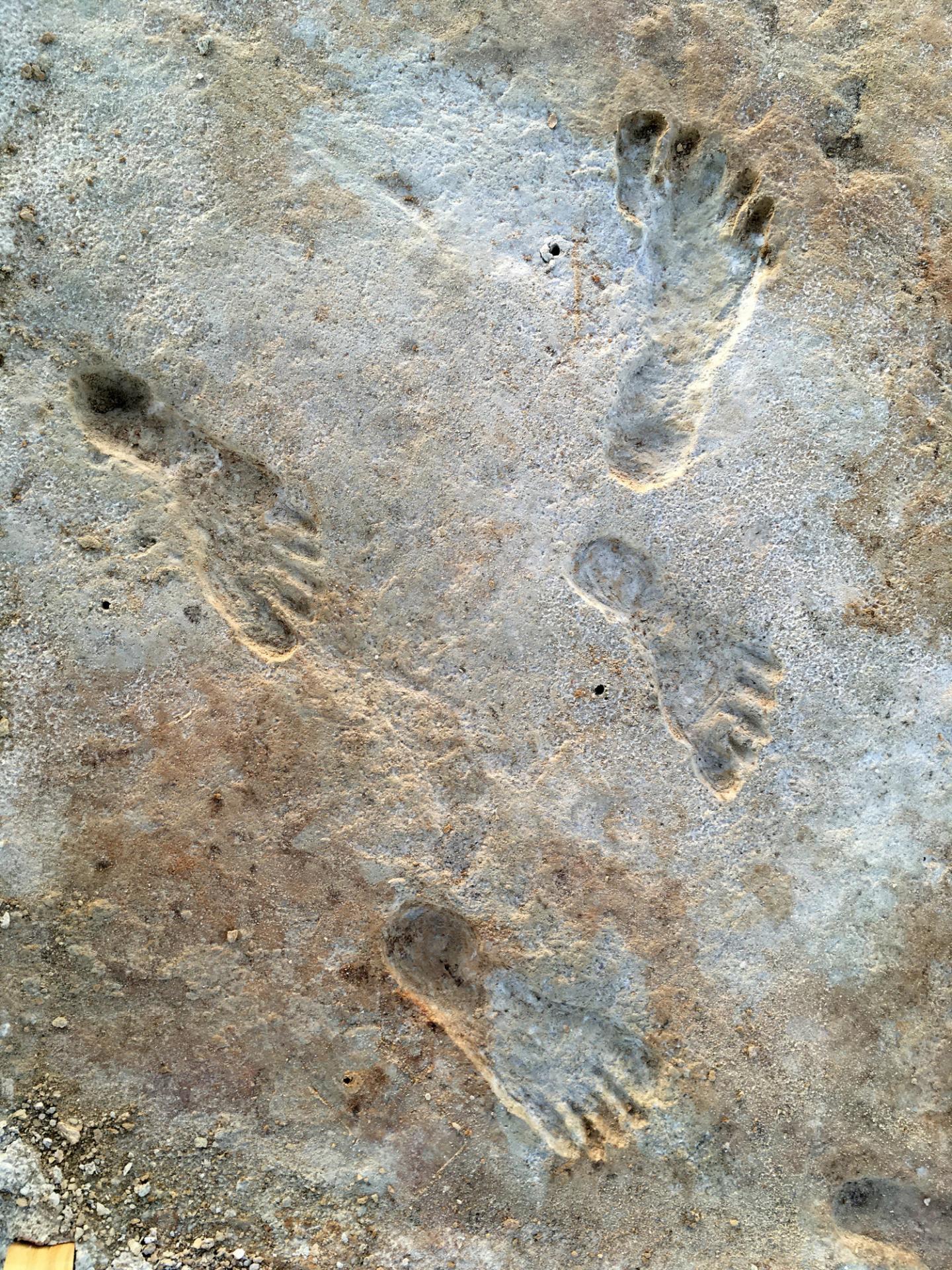
Go slowly
Hike slowly and pay attention as you go to see the differences in the rocks and find small fossils.
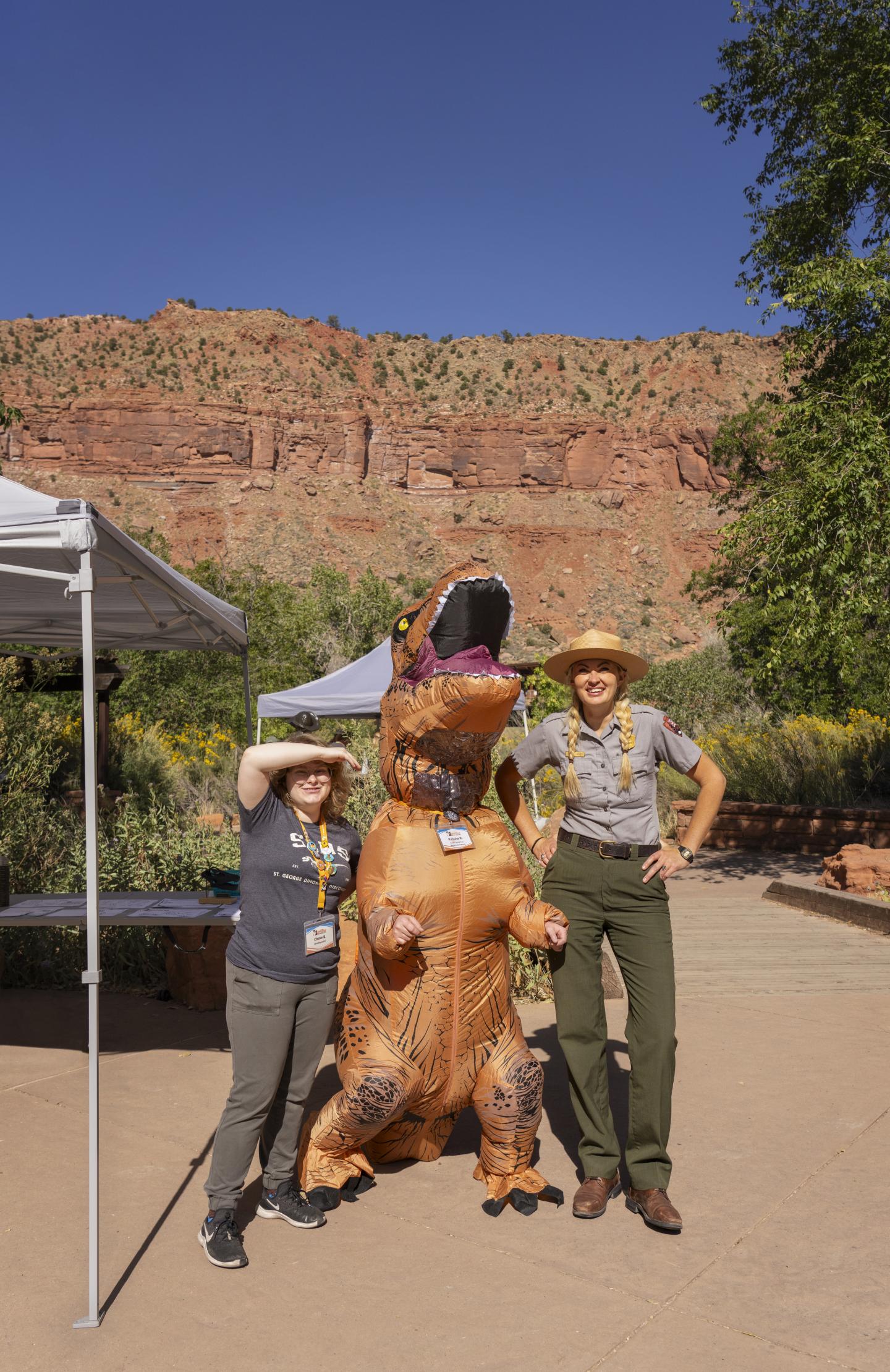
Celebrate Fossil Day and Geology Week
These special events occur every October. Many parks host unique programming during this time, so be sure to contact the park to learn more.
Discover the secrets of the ancient past
These must-visit destinations for paleontology and geology enthusiasts allow you to experience "deep time" in real-time.

Guadalupe Mountains National Park
Two hundred and sixty five million years ago, these Texas mountains were part of a massive prehistoric reef called the Capitan Reef. Today, you can find a variety of fossilized aquatic organisms at the park. The paleotological finds at Guadalupe Mountains are so significant that the park is the Global Boundary Stratotype Section and Point for the Middle Permian Age, meaning that the fossils here mark the beginning of this stage of geologic time.
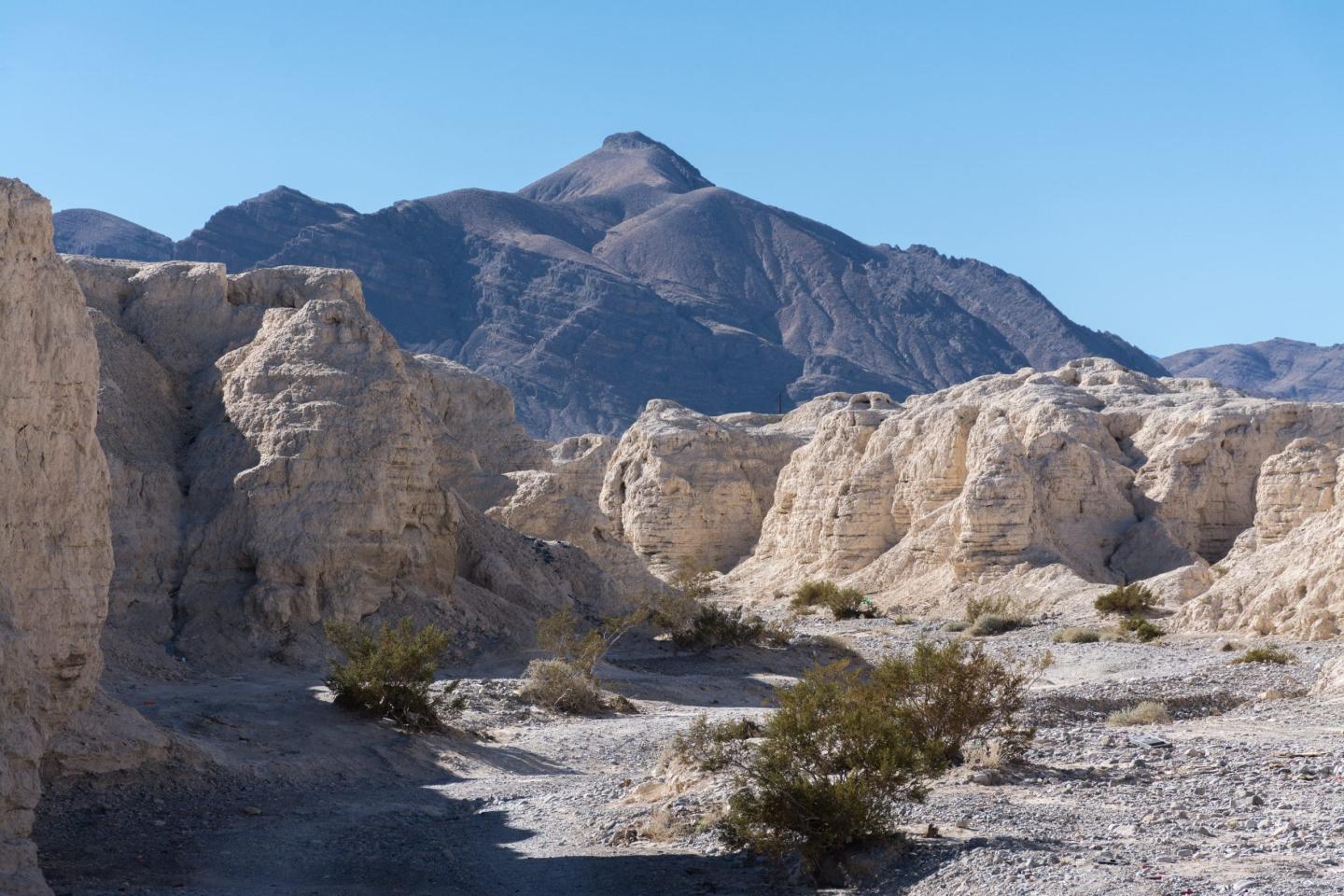
Tule Springs Fossil Beds National Monument
This park preserves the largest open-air Pleistocene, or Ice Age, fossil beds in the desert Southwest. Some of the many species unearthed at the fossil beds include Columbian mammoths, ground sloths, dire wolves, sabertooth tigers, American lions, and massive birds of prey, ranging from 12,500 to 100,000 years old.
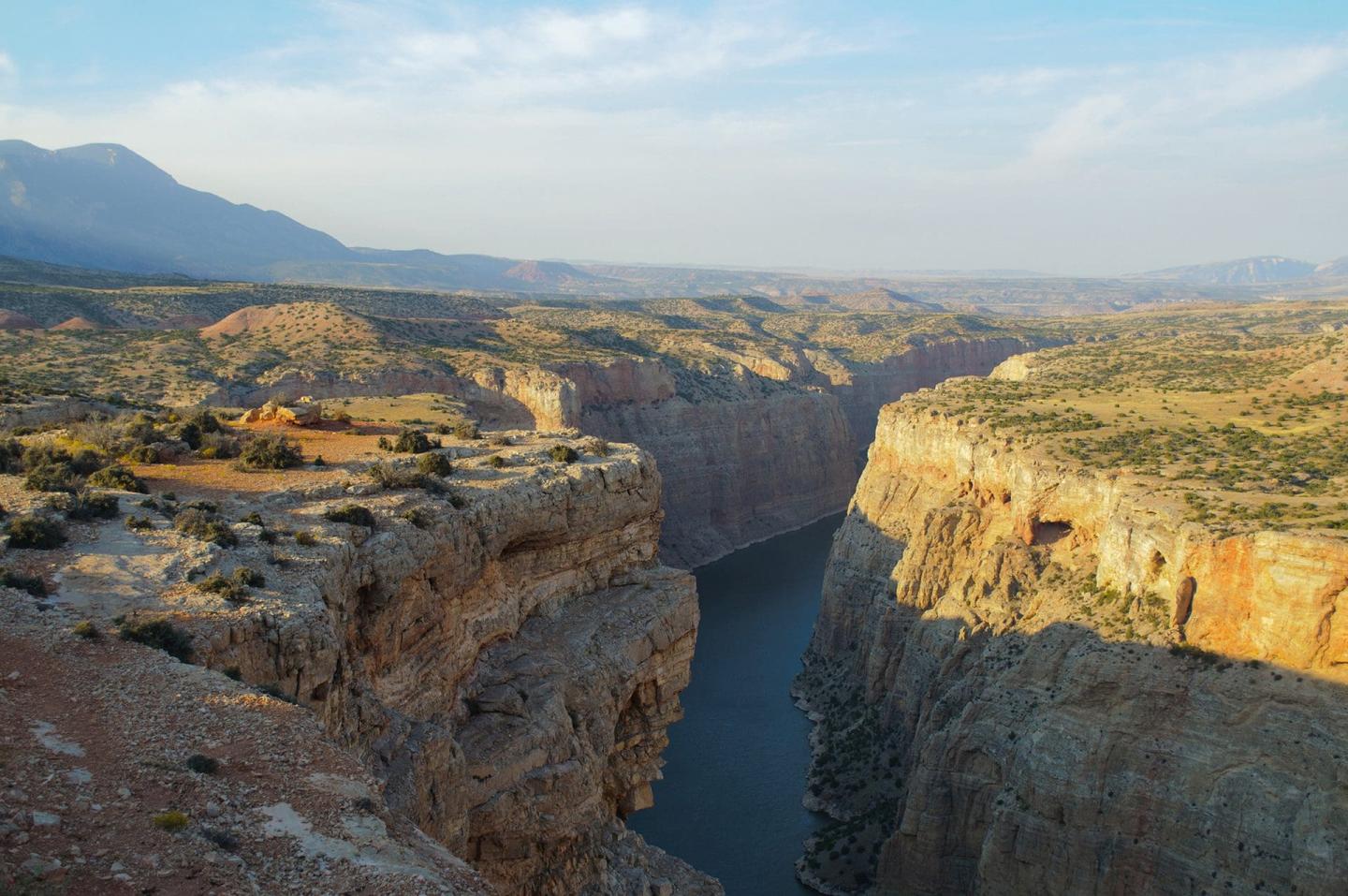
Bighorn Canyon National Recreation Area
Renowned for the incredible variety of paleontology discoveries made here, Bighorn Canyon is estimated to be 2.5 billion years old and many groundbreaking paleontology discoveries have been made in the area. Some of the many fossilized organisms found here include ancient corals, trilobites, mollusks, squids, dinosaurs, and Ice Age mammals.
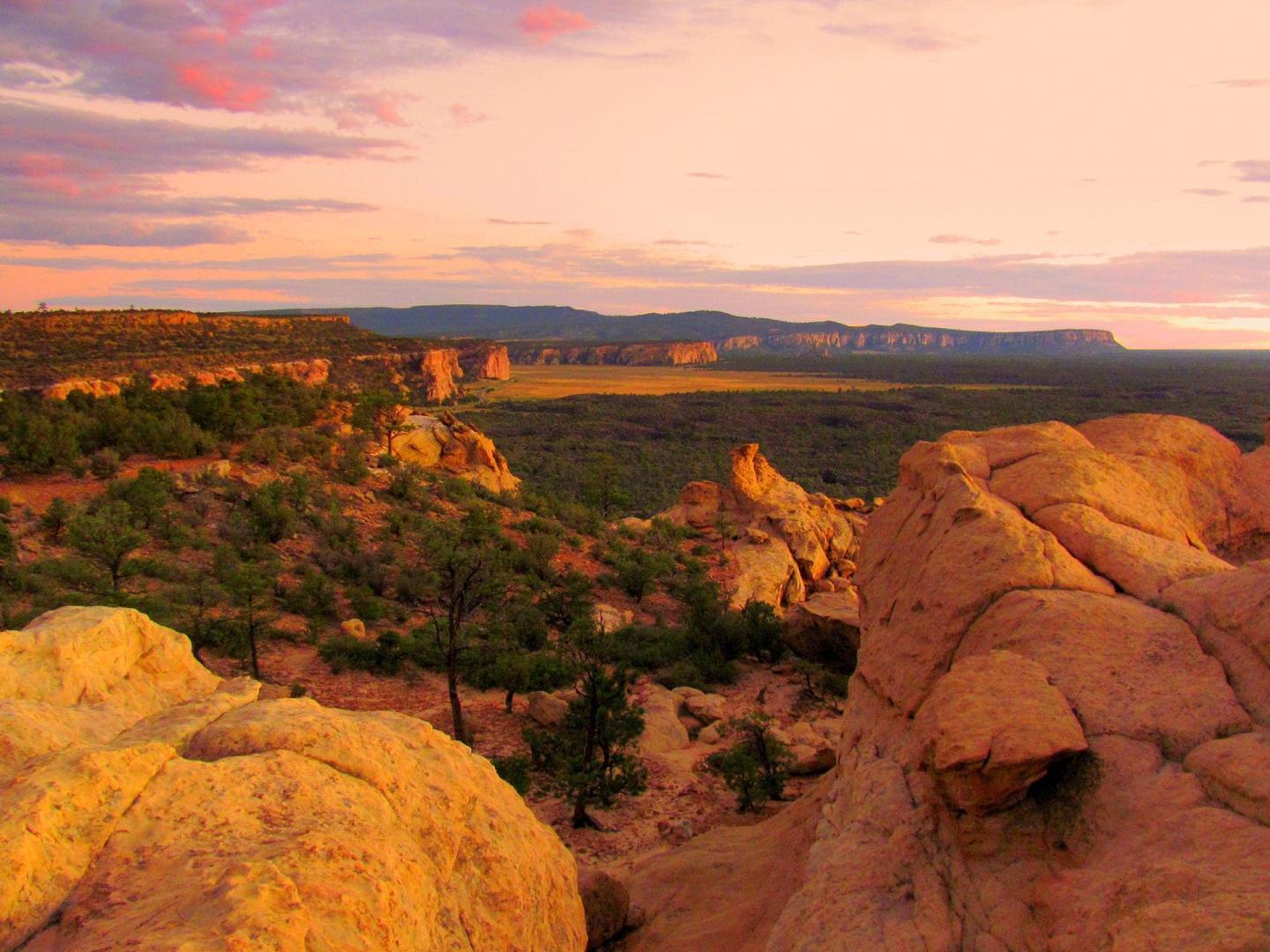
El Malpais National Monument
Known as "The Land of Frozen Fire", El Malpais' rugged landscapes were formed by volcanic activity, from lava flows to fiery eruptions, some as recent as 18,000 years ago. Explore lava tube caves, see ancient lava beds, and much more at this fascinating park.

White Sands National Park
In 2009, researchers discovered a series of fossilized human footprints here, estimated to be 21,000 and 23,000 years old, which would make them the oldest record of humans in the Americas. While the footprints are not visible to the public, you can still walk these ancient and important landscapes.

Capulin Volcano National Monument
Rising 1,000 feet above the surrounding plains, Capulin Volcano was active as recently as 56,000 years ago. Hike to the summit, enjoy stunning views of four surrounding states, and be awed by the dark skies found at this incredible park.
Explore parks for fossils and geology
Legend
- Partner Park
- Gateway City



